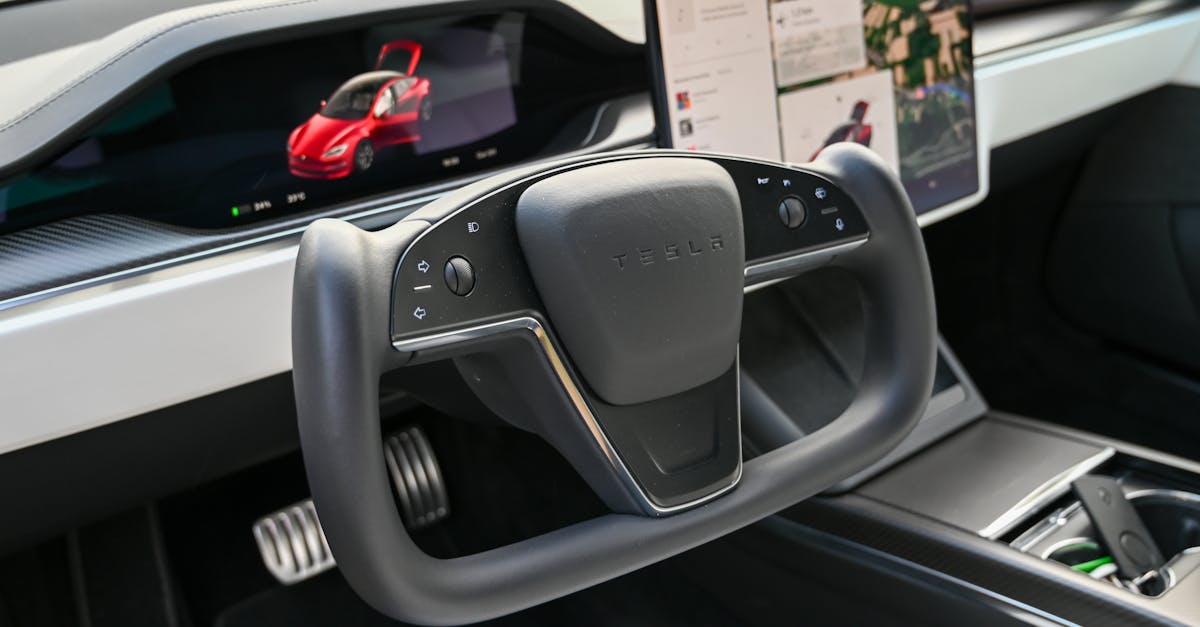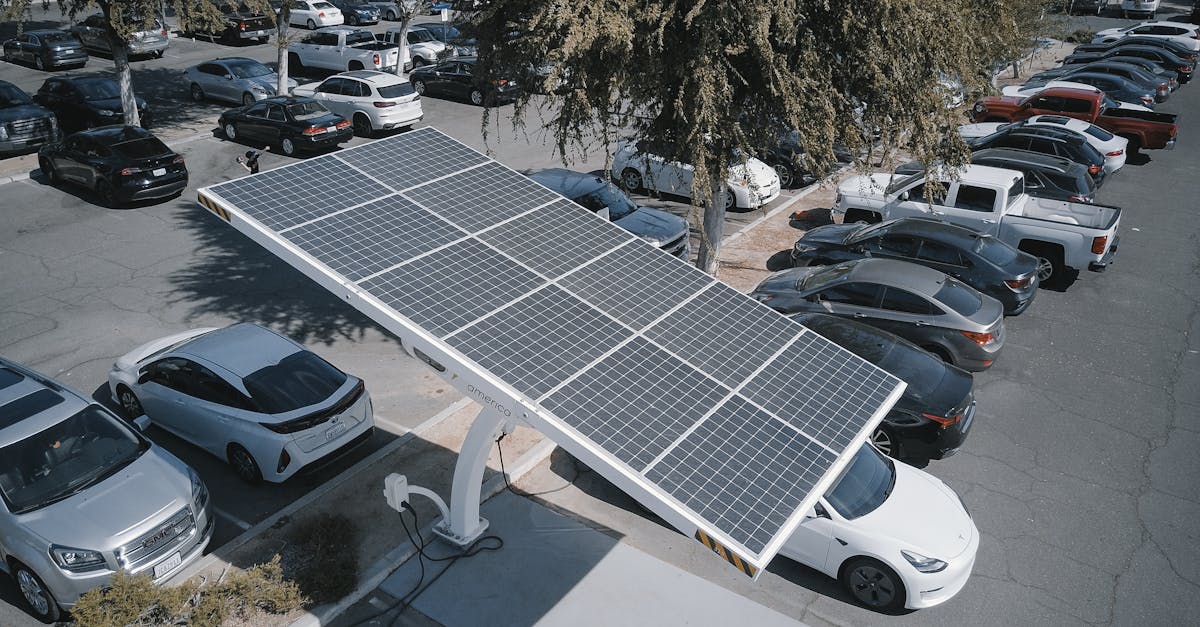Autonomous Cars and the Race to Transform the Auto Industry
Introduction
The landscape of the automotive industry is undergoing a remarkable transformation led by the advent of autonomous cars. This cutting-edge technology promises to redefine the way we commute, offering an unprecedented level of convenience and efficiency. Despite being at a nascent stage, autonomous vehicles (AVs) are rapidly evolving, thanks to advancements in AI and machine learning. They aim to enhance road safety by reducing human errors and improving traffic efficiency. However, the transition to a driverless world comes with its challenges, from regulatory hurdles to ethical considerations. As major companies race to develop and deploy AVs, the future of transportation appears more transformative than ever.
Advertisement
Understanding Autonomous Vehicles
Autonomous vehicles are designed to navigate and drive themselves without human input, utilizing a combination of sensors, cameras, radar, and AI algorithms. These cars can interpret road conditions, predict obstacles, and make real-time decisions, similar to a human driver. The Society of Automotive Engineers (SAE) classifies autonomy into six levels, ranging from Level 0 (no automation) to Level 5 (full automation). Currently, most AVs operate between Levels 2 and 3, where they can control certain aspects like acceleration and braking but still require human intervention. The journey towards achieving full autonomy involves navigating complex technical challenges and ensuring foolproof safety standards.
Advertisement
Technological Innovations Driving AVs
The development of autonomous vehicles is fueled by breakthroughs in various technologies. Machine learning enables these cars to identify patterns in their environment and adapt accordingly. Sophisticated sensors provide a comprehensive view of the surroundings, while advanced mapping systems create real-time 3D maps crucial for navigation. Connectivity plays a pivotal role, with AVs communicating with road infrastructure and other vehicles to streamline traffic flow. Moreover, simulations and digital twins are used extensively to test and enhance AV performance, ensuring they can handle real-world driving scenarios. These technological strides position AVs as integral components in the future of sustainable urban mobility.
Advertisement
Safety and Ethical Considerations
Safety remains a cornerstone concern for the successful integration of autonomous vehicles into daily life. By minimizing human errors, AVs hold the potential to significantly reduce accidents. However, ethically, putting decision-making in the hands of machines poses dilemmas. For instance, in a crash scenario, the choice between harming passengers versus pedestrians introduces complex moral questions. Policies and guidelines need to evolve to address such issues and ensure trust in AV technology. Developers and policymakers must collaborate to draft comprehensive safety standards and ethical frameworks that prioritize human life and well-being.
Advertisement
Regulatory Challenges in the AV Industry
Regulation is a critical component in the deployment of autonomous vehicles, with policies varying across regions. Governments are required to draft laws that oversee AV testing and eventual commercialization. Balancing innovation with public safety is essential, necessitating rigorous testing phases before widespread adoption. Countries like the U.S., Germany, and China are at the forefront, formulating guidelines that not only govern AV operations but also address liability concerns in accident cases. Harmonizing these regulations on a global scale will be imperative to facilitate the international proliferation of AV technology.
Advertisement
Economic Impact on the Automotive Sector
The rise of autonomous vehicles presents both opportunities and challenges for the automotive industry. While there is potential for significant economic benefits, such as reducing congestion and enhancing road efficiency, the shift could disrupt traditional car manufacturing. As technology companies like Tesla, Waymo, and Uber pioneer AVs, traditional automakers face pressures to innovate or risk obsolescence. This technological pivot affects employment within the industry, necessitating workforce reskilling and adaptation. The integration of AVs into existing transport systems represents a trillion-dollar economic opportunity that could reshape the future of transportation and related sectors.
Advertisement
Impact on Urban Mobility and Society
The deployment of autonomous vehicles is set to revolutionize urban transportation networks. By offering efficient and convenient mobility solutions, AVs can help reduce road congestion and optimize route planning. Shared autonomous vehicle services could make personal car ownership less attractive, promoting shared mobility and reduced environmental impact. However, societal acceptance and trust remain critical barriers. Public concerns over security, privacy, and job displacement must be addressed through transparent communication and education. Addressing these challenges will be essential in reaping the full benefits of AV technology in transforming urban mobility.
Advertisement
The Role of Big Tech and Startups in AV Innovation
Technology giants like Google (with Waymo), Tesla, and Apple are heavily investing in autonomous vehicle technology, sparking fierce competition. These companies leverage their strengths in AI and data analytics to fast-track AV innovation. Startups also play a crucial role by introducing novel solutions and agile methodologies. Collaborations between tech firms and traditional automakers are increasingly common, combining tech expertise with manufacturing know-how. This convergence accelerates AV advancements and fosters a culture of innovation necessary for overcoming the hurdles of commercialization and scaling production.
Advertisement
Public Perception and Adoption of AVs
Public perception of autonomous vehicles varies, with a mix of excitement and skepticism. Benefits like reduced accidents and improved mobility options are often overshadowed by concerns about safety, data privacy, and potential job losses. Proactive engagements, including pilot programs and education campaigns, are essential to build trust and familiarity. Transparent communication about AV capabilities, safety protocols, and benefits can alleviate apprehensions. As AV technology matures, consumer readiness to adopt these vehicles will be crucial in determining their widespread success and integration into daily life.
Advertisement
Conclusion
Autonomous vehicles represent a pivotal shift in the automotive industry, heralding an era of intelligent and adaptive transportation solutions. As technology continues to evolve, the road to full autonomy is laden with both thrilling potential and formidable challenges. It is imperative for stakeholders to harmonize innovation with ethical considerations and regulatory frameworks. Success in the AV sector holds the promise of safer roads, enhanced efficiency, and a transformative impact on urban mobility. While the race to deploy fully autonomous cars unfolds, their implications signal a new chapter in the evolution of transportation, redefining how we navigate our world.
Advertisement



